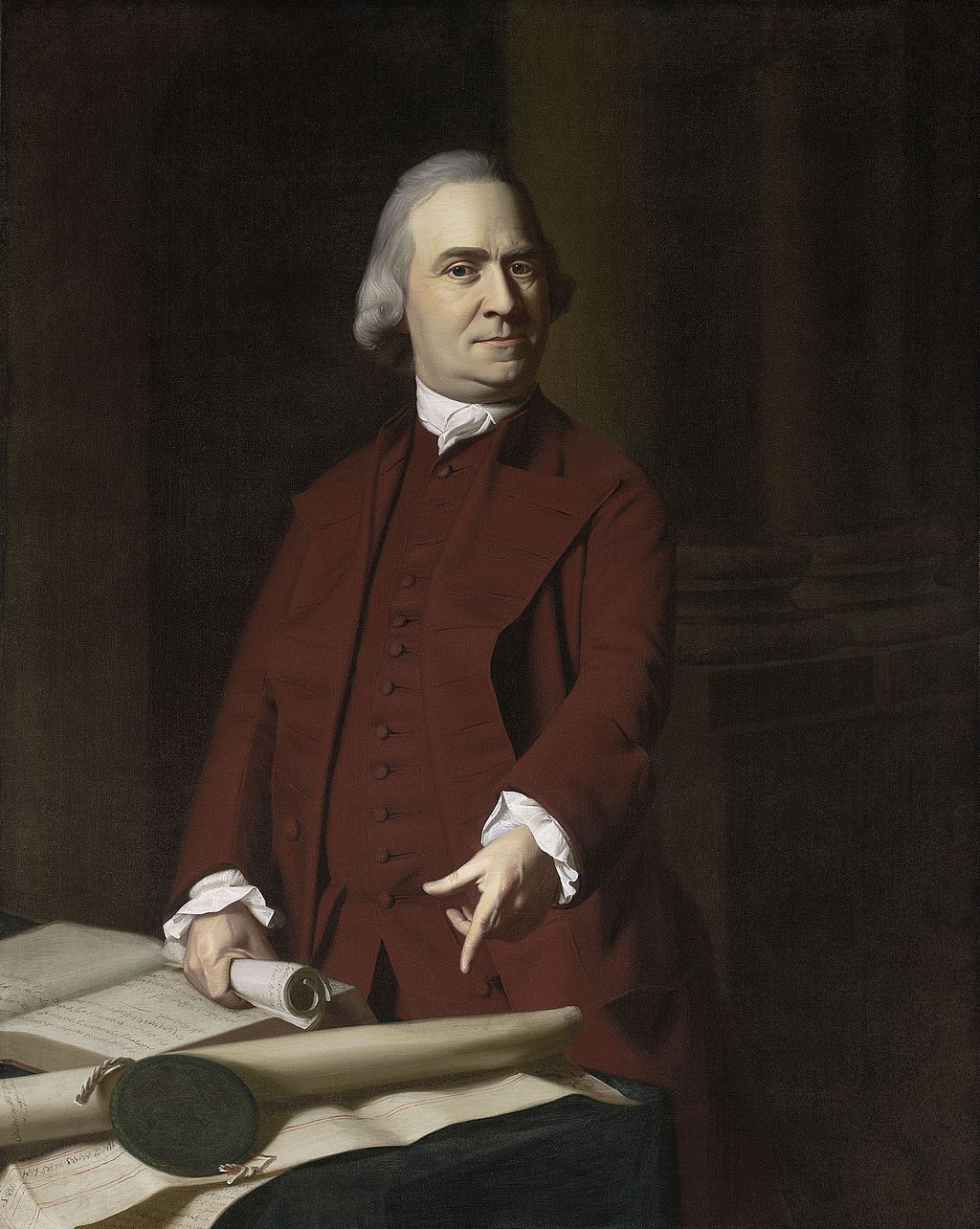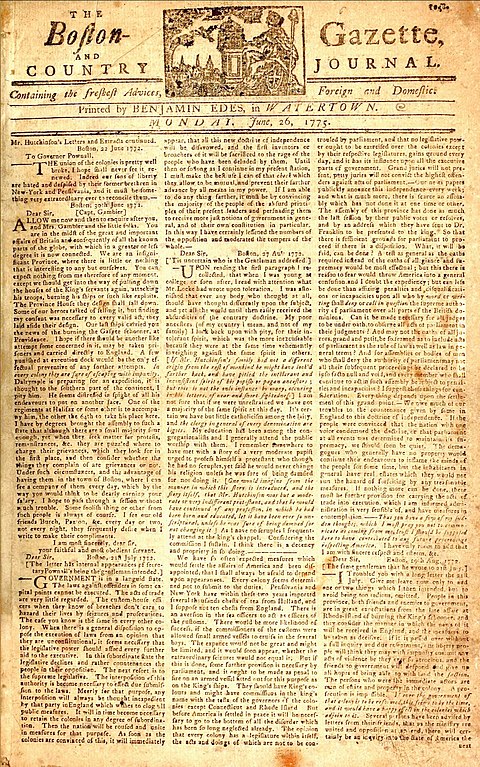Authors:
Historic Era: Era 3: Revolution and the New Nation (1754-1820s)
Historic Theme:
Subject:
May 2023 | Volume 68, Issue 3


Authors:
Historic Era: Era 3: Revolution and the New Nation (1754-1820s)
Historic Theme:
Subject:
May 2023 | Volume 68, Issue 3

Editor's Note: A Pulitzer Prize winner, Stacy Schiff is the author of, among other books, A Great Improvisation: Franklin, France, and the Birth of America, for which she won the George Washington Book Prize, Cleopatra: A Life, and The Witches: Salem: 1692. Her most recent book is The Revolutionary: Samuel Adams, from which the following is an excerpt.
In June of 1774, Thomas Hutchinson, newly replaced as governor of the Province of Massachusetts Bay, met in London with King George III. Though not himself in favor of British taxation of her colonies, Hutchinson had reluctantly supported London’s policies. Six months later, protestors in Boston, inspired by the brilliant Samuel Adams and others, boarded three ships in Boston Harbor and hurled 342 chests of East India tea into the water. In response, Parliament passed the Intolerable Acts, closing Boston’s port until the town reimbursed the cost of the destroyed property. Governor Hutchinson was loathed by many in Boston for his staunch support of the imperial position and his disregard for his increasingly disenchanted fellow Bostonians.
Though Hutchinson told King George that Samuel Adams had been the first American to embrace independence, there is no evidence for that claim. Samuel lamented that the mother country proved so careless with colonial affections. He made every attempt to acquaint London with the temper of his fellow colonists. He knew well that a rupture was possible, different from advocating for one. Adams balked at invented tales of insurrection, as he did at the word "independency." He warned of self-fulfilling prophecies. He appears to have moved gradually from redress to revolt, making an art in between of resistance, enlisting men, women, and children, co-opting institutions, deploying boycotts and false reports, shaming and stigmatizing. The relentless cannonade he helped to orchestrate in the press was not the kind of shelling for which the British troops sent to Boston had prepared. Adams resorted to a few tried and true techniques, as well. His household included a formidable dog, a highly intelligent Newfoundland named Queue. Adams trained him to bite any redcoat that crossed his path. Queue bore the battle scars on his shaggy pelt.

Enlisting an army of alter egos, Adams took the quarrel to paper. In the feather bed on Purchase Street, the world hushed all around, his wife Betsy fell asleep to "the incessant motion of the pen in the next room." She could just make out her husband in the glow of candlelight surrounding his desk. A friend who regularly passed the household after midnight